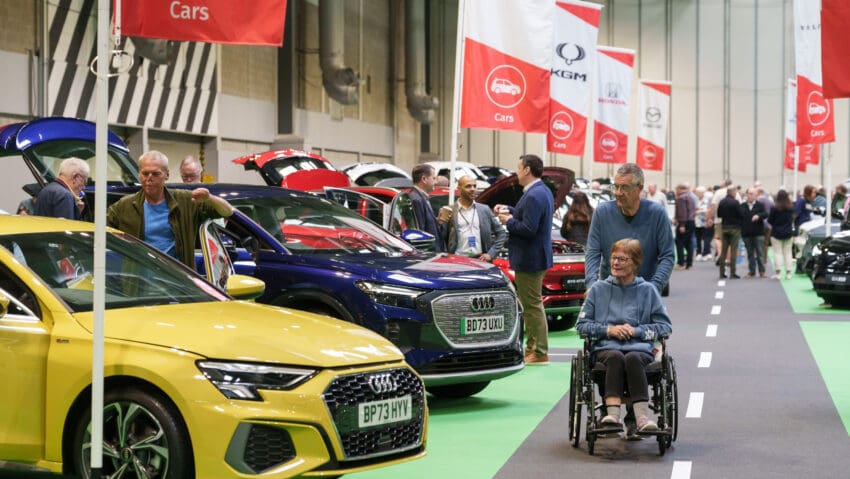
Exposure: a missing piece in the EV transition
Information and first-hand experience are vital to helping more drivers make the switch to electric vehicles, writes Damian Oton, chief commercial officer of Motability Operations
When I talk to Motability Scheme customers about electric vehicles, I often hear the same concern: “I don’t think an EV would work for me.”
It’s a reaction that’s completely understandable. New technology can feel unfamiliar, and concerns around cost, range, and charging are still front of mind for many drivers. For disabled people, those questions are further complicated by the physical accessibility of both the vehicles and charging infrastructure, making EVs feel less like a real option.
But from working with our customers day in and day out, we’ve found that these doubts often ease once someone experiences an EV for themselves.
Experience builds confidence
At Motability Operations, we run the Motability Scheme, providing disabled people with life-changing freedom and independence. As manufacturers shift production towards electric, we’re focused on ensuring our customers are fully supported through the transition, with the tools, information and confidence they need to make the right mobility choices for them.
That’s why we launched our EV Transition Tracker, to better understand the barriers our customers face and identify what’s working (and what’s not) in helping drivers across the UK make the switch to electric.
The findings were clear: exposure makes a measurable difference.
Only 21% of people who’ve never driven or even been a passenger in an EV would consider one for their next vehicle. But once someone’s simply sat in the passenger seat, that figure more than doubles to 43%. For those who’ve tried charging, it rises again. And for EV owners? Nine in ten say they feel positive about their vehicle.
Among our customer base, the same trend applies. Twice as many Motability Scheme customers have driven an EV compared to the wider UK population, and almost half (48%) say they’d consider choosing one in the next three years.
Hybrids help ease the transition
Importantly, the road to EVs doesn’t have to be a single leap. Hybrid vehicles can act as a stepping stone, allowing people to get used to electric driving without the immediate leap to full battery-powered vehicles.
Our research shows nearly half of hybrid drivers are likely to consider an EV for their next car. Showing that, for many, hybrids offer a useful bridge between the familiar and the future.
Accessibility and familiarity must go hand in hand
But as we move closer to the 2030 deadline for the end of new petrol and diesel car sales, it’s clear that exposure alone won’t solve everything, especially for disabled drivers.
For many of our customers, the main barrier isn’t about willingness or even awareness, it’s the infrastructure itself.
Public chargepoints can be difficult or even impossible to use. Charging bays may be too narrow for wheelchair users to fully open a door or deploy a ramp. Cables are often heavy and awkward to handle. Screens and interfaces may be positioned too high or lack accessible features. And surrounding amenities are rarely designed with disabled people in mind.
When these barriers exist, experience alone won’t be enough.
The risk of being left behind
The transition to electric is well underway. But if we don’t act now, there’s a real risk that thousands of disabled people will be left behind due to a system that isn’t working for them.
That’s why, at Motability Operations, we’re investing in EV test drives, charging demonstrations, and direct support to help our customers build confidence and familiarity. We’re also working with industry, policymakers, and local authorities to champion inclusive infrastructure design from the outset, so that the EV transition is accessible by design, not as a retrofit.
A fairer transition starts with exposure and action
If the EV transition is going to succeed, it has to work for everyone. That means we need to create more opportunities for people to experience EVs, understand how they fit into their lives, and feel supported as they make the switch.
What our research shows is simple: every time someone sits in an EV, plugs one in, or takes one for a spin, we get one step closer to a transition that’s not just electric, but works for all.